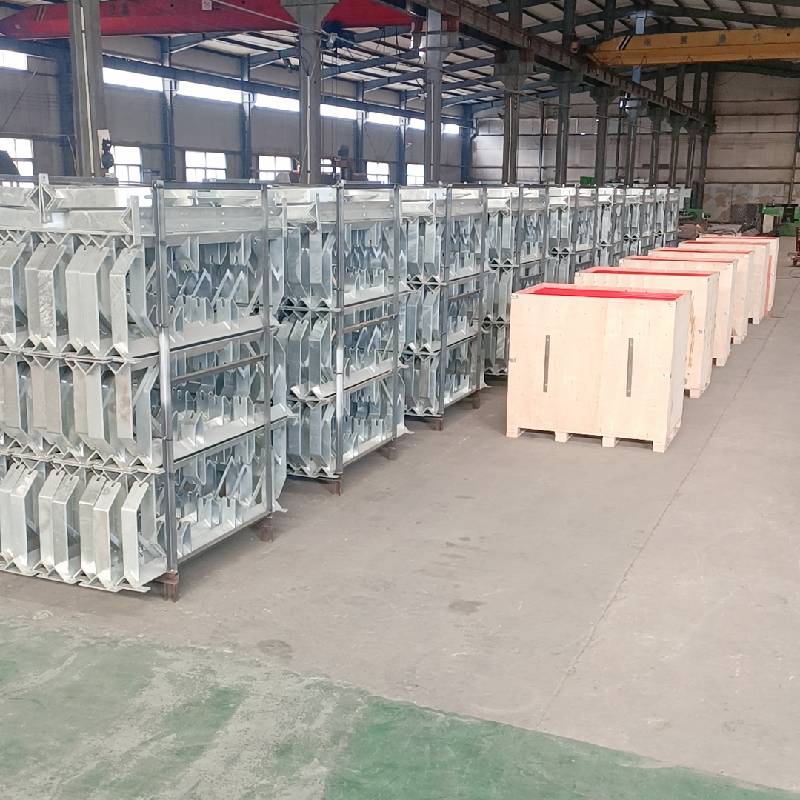 Afrikaans
Afrikaans  Albanian
Albanian  Amharic
Amharic  Arabic
Arabic  Armenian
Armenian  Azerbaijani
Azerbaijani  Basque
Basque  Belarusian
Belarusian  Bengali
Bengali  Bosnian
Bosnian  Bulgarian
Bulgarian  Catalan
Catalan  Cebuano
Cebuano  Corsican
Corsican  Croatian
Croatian  Czech
Czech  Danish
Danish  Dutch
Dutch  English
English  Esperanto
Esperanto  Estonian
Estonian  Finnish
Finnish  French
French  Frisian
Frisian  Galician
Galician  Georgian
Georgian  German
German  Greek
Greek  Gujarati
Gujarati  Haitian Creole
Haitian Creole  hausa
hausa  hawaiian
hawaiian  Hebrew
Hebrew  Hindi
Hindi  Miao
Miao  Hungarian
Hungarian  Icelandic
Icelandic  igbo
igbo  Indonesian
Indonesian  irish
irish  Italian
Italian  Japanese
Japanese  Javanese
Javanese  Kannada
Kannada  kazakh
kazakh  Khmer
Khmer  Rwandese
Rwandese  Korean
Korean  Kurdish
Kurdish  Kyrgyz
Kyrgyz  Lao
Lao  Latin
Latin  Latvian
Latvian  Lithuanian
Lithuanian  Luxembourgish
Luxembourgish  Macedonian
Macedonian  Malgashi
Malgashi  Malay
Malay  Malayalam
Malayalam  Maltese
Maltese  Maori
Maori  Marathi
Marathi  Mongolian
Mongolian  Myanmar
Myanmar  Nepali
Nepali  Norwegian
Norwegian  Norwegian
Norwegian  Occitan
Occitan  Pashto
Pashto  Persian
Persian  Polish
Polish  Portuguese
Portuguese  Punjabi
Punjabi  Romanian
Romanian  Russian
Russian  Samoan
Samoan  Scottish Gaelic
Scottish Gaelic  Serbian
Serbian  Sesotho
Sesotho  Shona
Shona  Sindhi
Sindhi  Sinhala
Sinhala  Slovak
Slovak  Slovenian
Slovenian  Somali
Somali  Spanish
Spanish  Sundanese
Sundanese  Swahili
Swahili  Swedish
Swedish  Tagalog
Tagalog  Tajik
Tajik  Tamil
Tamil  Tatar
Tatar  Telugu
Telugu  Thai
Thai  Turkish
Turkish  Turkmen
Turkmen  Ukrainian
Ukrainian  Urdu
Urdu  Uighur
Uighur  Uzbek
Uzbek  Vietnamese
Vietnamese  Welsh
Welsh  Bantu
Bantu  Yiddish
Yiddish  Yoruba
Yoruba  Zulu
Zulu Optimizing Performance of Idler Conveyor Rollers for Efficient Material Handling Solutions
Understanding Idler Conveyor Rollers Essential Components of Efficient Material Handling
Idler conveyor rollers are crucial elements in the design and functionality of conveyor systems, playing an integral role in ensuring the efficient movement of materials across various industries. These rollers support the conveyor belt, reducing friction and allowing goods to be transported smoothly and effectively from one point to another. This article delves into the significance, types, maintenance, and applications of idler conveyor rollers.
The Significance of Idler Conveyor Rollers
Idler rollers are vital to the operational efficiency of conveyor systems. They are positioned along the length of the conveyor belt to support its weight and assist in maintaining its alignment. By minimizing friction, idler rollers help extend the lifespan of the conveyor system, reduce wear and tear on the belt, and improve the overall efficiency of material handling processes. Their proper installation and maintenance are crucial, as they can directly affect the conveyor's performance and reliability.
Types of Idler Rollers
Idler conveyor rollers come in various types, each designed for specific applications. The most common types include
1. Flat Idler Rollers These are standard rollers that support the belt's surface. They are typically cylindrical and are used in applications where the material being conveyed is not overly abrasive.
2. Trough Idler Rollers Designed with a slight curve, trough idler rollers help create a trough shape for the conveyor belt. This design is particularly useful for carrying bulk materials, as it prevents spillage and keeps the materials securely contained.
3. Impact Idler Rollers Positioned at loading zones, these rollers are designed to absorb the impact of heavy loads. They help reduce damage to the belt and underlying structure when heavy materials are dropped onto the conveyor.
4. Return Idler Rollers Located on the return side of the conveyor, these rollers support the belt as it returns to the starting point. They ensure that the belt maintains its shape and alignment throughout the conveyor system.
5. Specialty Idler Rollers These include rollers with specific features designed for unique applications, such as rollers for high-temperature environments or those with anti-static properties.
Maintenance of Idler Rollers
Regular maintenance of idler conveyor rollers is essential to ensure uninterrupted operation and longevity. Key maintenance practices include
idler conveyor roller

- Routine Inspections Regularly checking the rollers for wear, damage, or misalignment can prevent potential breakdowns
.- Lubrication Keeping the bearings of the rollers lubricated reduces friction and wear, promoting smoother operation.
- Cleaning Removing debris and buildup around the rollers helps maintain performance and prevent additional strain on the conveyor system.
- Replacement Identifying and replacing damaged or worn rollers promptly can prevent further issues and maintain the flow of operations.
Applications of Idler Conveyor Rollers
Idler conveyor rollers are utilized in a wide range of industries, including
- Mining and Quarrying For transporting bulk materials like coal, sand, and gravel.
- Manufacturing In production lines to move components and finished goods between processes.
- Food Processing For handling packaged food items safely and efficiently while adhering to hygiene standards.
- Logistics and Warehousing Facilitating the movement of goods in distribution centers and warehouses.
Conclusion
Idler conveyor rollers are essential components that significantly enhance the efficiency and reliability of conveyor systems across various industries. Understanding the types, maintenance practices, and applications of these rollers can help businesses optimize their material handling processes, reduce costs, and improve productivity. As industries continue to evolve, the importance of well-functioning conveyor rollers will only grow, making them a vital area of focus for engineers and operators alike.
-
Revolutionizing Conveyor Reliability with Advanced Rubber Lagging PulleysNewsJul.22,2025
-
Powering Precision and Durability with Expert Manufacturers of Conveyor ComponentsNewsJul.22,2025
-
Optimizing Conveyor Systems with Advanced Conveyor AccessoriesNewsJul.22,2025
-
Maximize Conveyor Efficiency with Quality Conveyor Idler PulleysNewsJul.22,2025
-
Future-Proof Your Conveyor System with High-Performance Polyurethane RollerNewsJul.22,2025
-
Driving Efficiency Forward with Quality Idlers and RollersNewsJul.22,2025





























